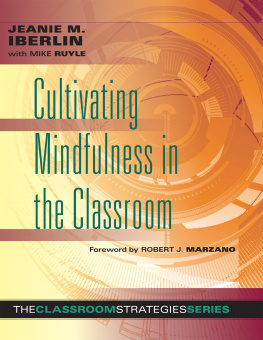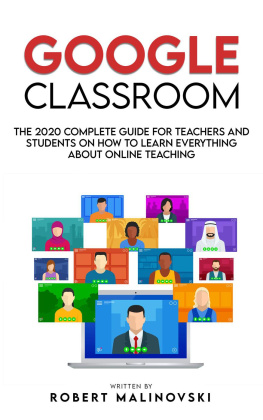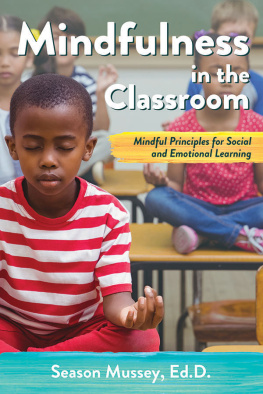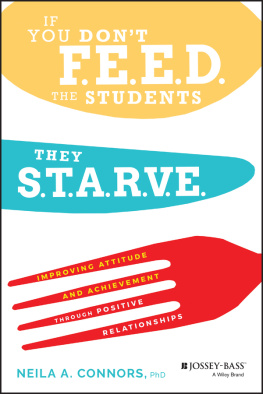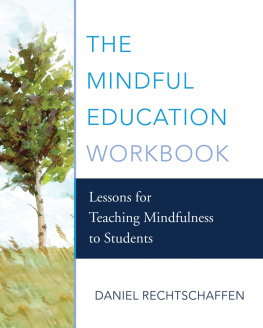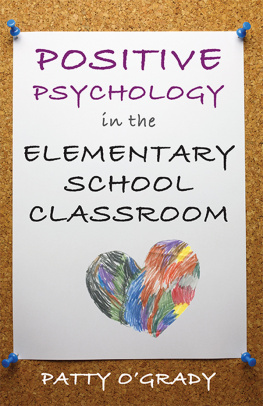MY PICKUP TRUCK COMES TO A CLATTERING STOP IN THE SCHOOL parking lot. Through the windshield, I see small groups of students lingering outside in the morning sunlight. Some are chatting with each other; some talk and laugh with the principal; a young couple stands separately, showing the first signs of blossoming love; others are shooting baskets as they tease each other. I notice two boys running awkwardly toward my truck. Tucker is informally dressed in dirty overalls and work boots, Jimmy wears a sweater over a white shirt. Both are smiling.
Tucker (completing his morning ritual) laughs, yanks open the passenger door, and hops in: I love your truck. Will you give it to me? As I give him my daily answer and shoo him out, Jimmy, standing in his characteristic awkward stiffness, excitedly informs me that the insect order Lepidoptera (moths and butterflies) was named by Carl Linnaeus in 1735. He asks, Do you know about all the species in that order? I refer him to his biology teacher, who is also arriving, and he dashes to her car.
As I walk toward the school building filled with students placed here by the special education system because they could not be taught in other settings, I take a moment to reflect. How can there be so much joy and warm human connection among students who some believe are unable to connect and others consider simply unteachable? Why, with no formally assigned bus duty, are so many among the staff standing outside warmly greeting students every morning (even during the cold, dark days of winter)? How is it possible for Tucker, who last year was chronically angry and even injured a teacher in his previous school, to be laughing and joking with the school principal? For that matter, what happened to change the boy excited about Lepidoptera from someone so afraid he could not enter a school building without vomiting into a student who feels safe enough to eagerly greet staff in the morning?
The daily challenge of teaching students after many talented educators had tried their best and failed pushed me to look for potentially helpful research results from fields outside of education. I examined areas such as interpersonal neurobiology, positive psychology, social neuroscience, mindfulness, organizational developmentanywhere an answer to the puzzle of students challenges might be hiding. Because the research included infants, children, adolescents, adults, animals, organizations, and businesses, it has useful applications for all of us: students, teachers, administrators, parents, classrooms, and schools alike. It seemed the most helpful results could be roughly grouped into discoveries about neuroscience, relationships, strengths, and mindfulness.
Beginning with the Brain
What can recent brain research teach us about the roots of learning? In 2001, I began to be fascinated by neuroscience, particularly interpersonal neurobiology (Siegel 1999, 2012a)the study of how our relationships continually shape our brains. A good starting place for schools and teachers is to dedicate ourselves to learning about the core circuitry of the brainnot just the cognitive circuits but the relational and emotional circuits as well. This knowledge can be applied to understanding how teaching and learning can be enhanced by the quality of our relationships with each other, and thus we can create a school culture that supports excellence. In the process, we can begin to understand that students have patterns neurobiologically ingrained from their early experiences that can, for example, make it difficult for them to imagine school as a positive experience. In the case of difficult-to-teach students, I began to suspect that this negative perception of school might be adding an impossible load to the burden of their learning challenges.
For an example of how interpersonal neurobiology can inform our teaching, lets take a close look at Tucker, a student who came to my school after his previous teacher lost her temper and yelled at the school counselor and special education director, I dont care how you do it, get this kid and his mother out of my class! Tucker was physically large for a seventh grader; he saw no use for school; he hated reading, history, and math; sometimes he was interested in science; he loved to hunt and fish and often spoke of his fathers gun collection and their hunting excursions. At home, he blamed the teacher for his poor grades. His parents had attended the same school when they were children, had hated it, and always believed Tuckers negative stories about his teacher and school.
How can neuroscience help us get Tucker (or any student for that matter) into a state of mind open to learning? In the late 1940s, psychologist Donald Hebb (1949) discovered a simple but profound neurological process. Anything we experience causes a network of neurons to fire. Imagine these complex networks of neurons that can span the brain and the body as resembling a fishing net. Like a fishing net, each fiber is connected to every other fiber to create a whole net.
The more frequently the same net of neurons fire together, the more likely they will fire in the same pattern again. This is summarized in the phrase, What fires together, wires together. This simple but profound process applies whether we are learning course content, discovering how relationships work, living our daily lives, or developing a sense of how school will be.
To understand how this neuroscience process can help you with your students, take a moment to imagine yourself in Tuckers life. As a young child, he heard his parents complain about school and tell stories of their negative school experiences. Every time he heard the complaints, a network of neurons fired in his brain, and the more often they fired, the more likely they would fire again in the same pattern. Without realizing it, his parents were creating an ingrained neural network in their son that led Tucker to expect that these same negative experiences would happen to him when he went to school.
Lets give this complex web of neurons the crude yet accurate name of the school sucks neural network. Over and over, his parents stories unintentionally made the school sucks network fire and strengthen. Imagine Tucker on his very first day of school, with his wired-in school sucks network at the ready as he enters the building. Without his conscious knowledge, Tuckers brain is expecting negative experiences at school. In the multitude of small experiences that make up a day at school, he will certainly find some negative ones. If nothing else, he will interpret his normal first-day anxiety as supporting his school sucks neural net. Imagine him arriving home after his first day, saying something like: That place is creepy. Those big kids are scary. His parents, triggered by their sons fear, share negative stories from their past at school. Tuckers school sucks network triggers his parents school sucks network and they strengthen each other. If nothing changes, the next day will be a repeat, further strengthening the negative network until the thought of school produces a feeling of dread and resistance through his whole bodyhardly an ideal state for learning.
The thought of breaking through this kind of negative neurological cycle might seem hopelessly daunting. But this is far from the case because of another neuroscience discoveryneuroplasticity (Siegel 1999, 2012a; Schwartz and Begley 2003; Doidge 2007). Simply put, neuroplasticity is the brains ability to change its pattern of neural connections throughout the life span. Neuroplasticity is a discovery from neuroscience that offers educators much hope, because unlike the outdated belief that the brain is static after about age seven, neuroplasticity shows that it is possible for anyone to change their neural networks with some effort and with support.


